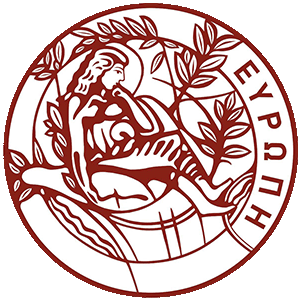DAMSL-267 Knowledge Representation and Reasoning
Type
Course Code
Teaching Semester
ECTS Credits
Syllabus
The course aims to teach the theoretical background of knowledge representation and the foundation of automated reasoning methods. It uses logic as the basis for developing methods of representation and reasoning and covers a relatively wide range from techniques for monotonic and non-monotonic reasoning, handling knowledge, beliefs, uncertainty, and linking knowledge and action. Students of the course will also become familiar with the use of logic programming (Prolog language), as well as new approaches such as Answer Set Programming. In addition, students will be exposed to current research topics in the broader area of Symbolic Artificial Intelligence and applications in domains such as the Semantic Web.
Learning Outcomes
1. Knowledge: Having attended and succeeded in the course, the student is able to identify the expressivity of knowledge representation models and describe some basic automated reasoning processes.
2. Understanding: Having attended and succeeded in the course, the student has a deep understanding of reasoning methods and tools capable of solving different logical problems.
3. Application: Having attended and succeeded in the course, the student is able to apply knowledge representation models and tools for new domains and employ the necessary reasoning algorithms for end-user tasks, such as question answering or handling inconsistent knowledge.
4. Analysis: Having attended and succeeded in the course, the student is able to combine existing knowledge representation and reasoning tools and make use of modular architectures, as well as to develop new such tools.
5. Synthesis: Having attended and succeeded in the course, the student is able to compose new knowledge pipelines tailored to the expressivity and efficiency requirements of the input data and the application.
6. Evaluation: Having attended and succeeded in the course, the student is able to evaluate the impact of specific decisions in knowledge representation formalisms and employed reasoning methods, in terms of both effectiveness (correctness and completeness) and efficiency (processing time and time/space complexity).
Student Performance Evaluation
Class attendance/participation
Exercises/projects
Oral/written exams
